Pharmacology
Ingredients at a glance: Whether herbal, animal or mineral – here you will find a brief description of the active ingredients. The scope was deliberately “kept small” and serves as a suggestion. It is only an excerpt of the drug pictures and directions of action and does not save the real interested person from doing extensive literature studies.
Drugs
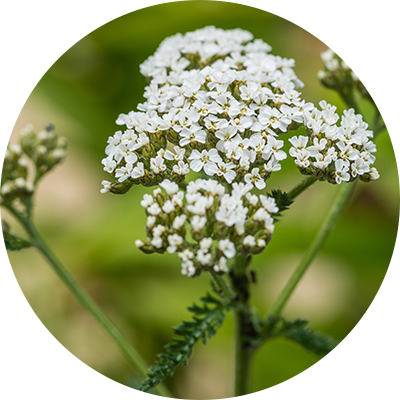
Achillea millefolium
Characteristics
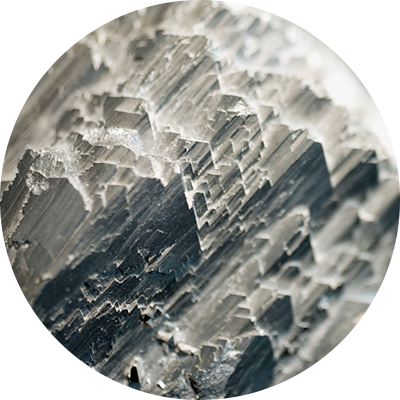
Acidum arsenicosum
Characteristics
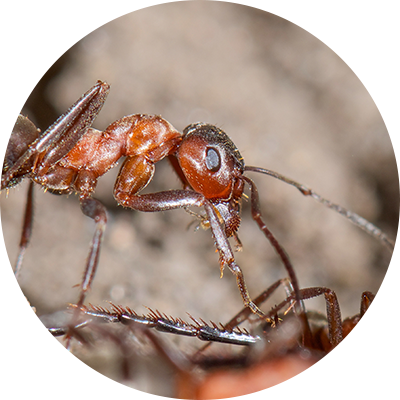
Acidum formicicum
Characteristics
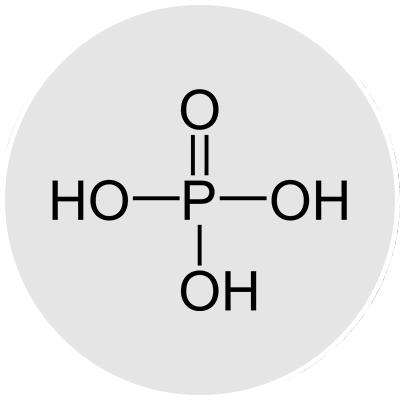
Acidum phosphoricum
Characteristics
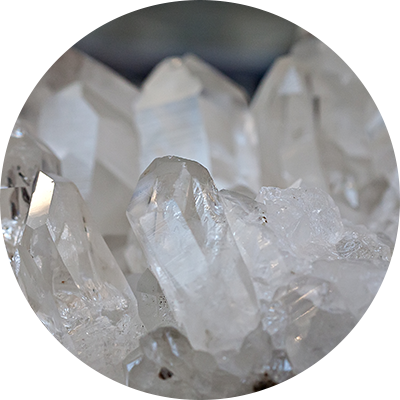
Acidum silicicum
Characteristics
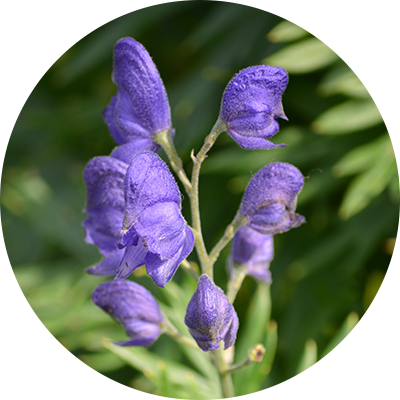
Aconitum napellus
Characteristics
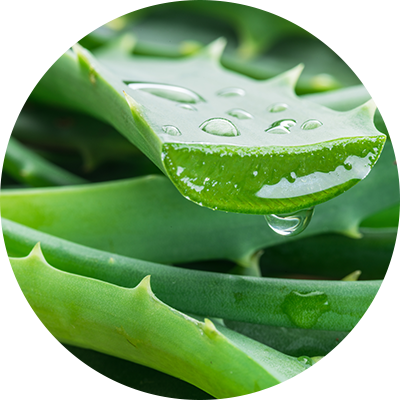
Aloe
Characteristics
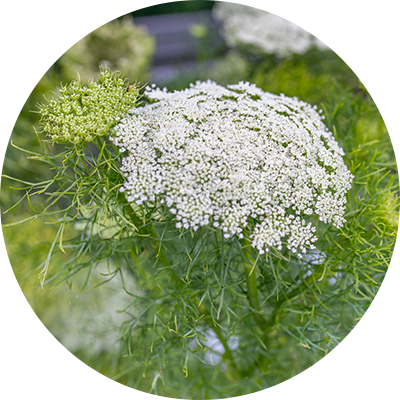
Ammi visnaga
Characteristics
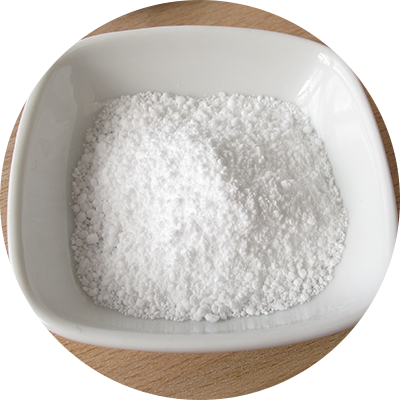
Ammonium carbonicum
Characteristics
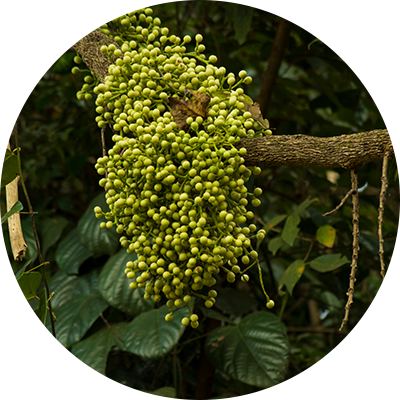
Anamirta cocculus
Characteristics
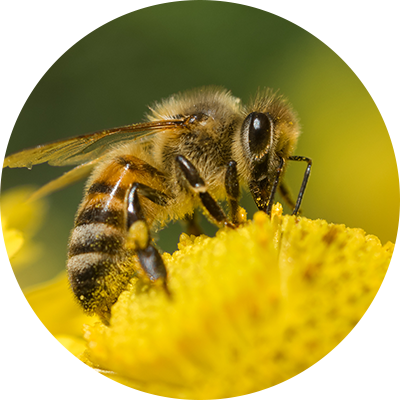
Apis mellifica
Characteristics
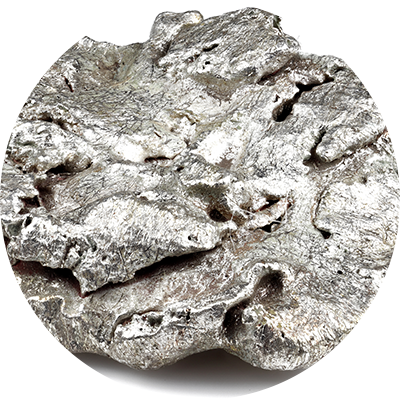
Argentum metallicum
Characteristics
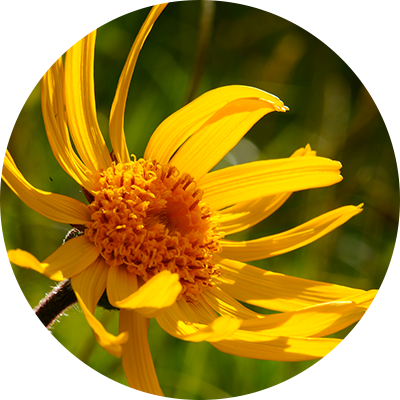
Arnica montana
Characteristics
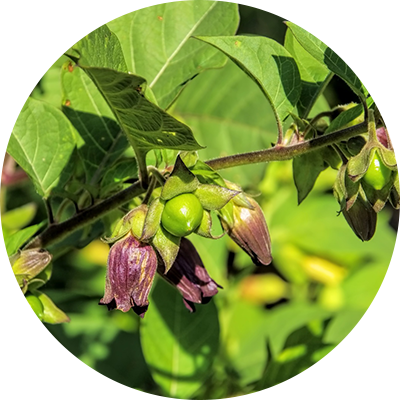
Atropa bella-donna
Characteristics
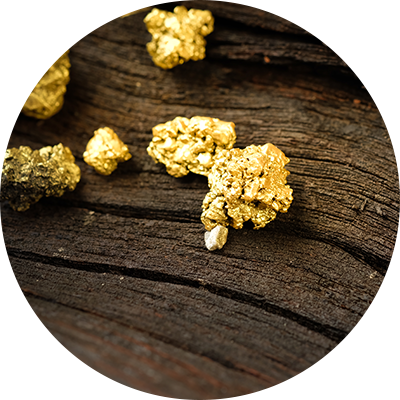
Aurum metallicum
Characteristics

Baptisia tinctoria
Characteristics

Bellis perennis
Characteristics
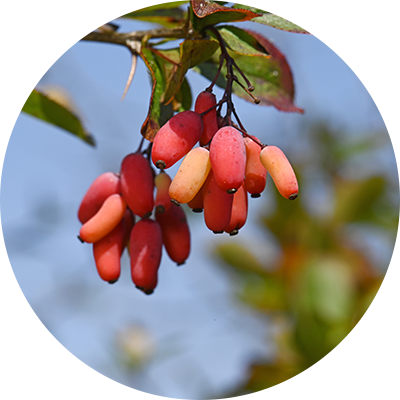
Berberis vulgaris
Characteristics
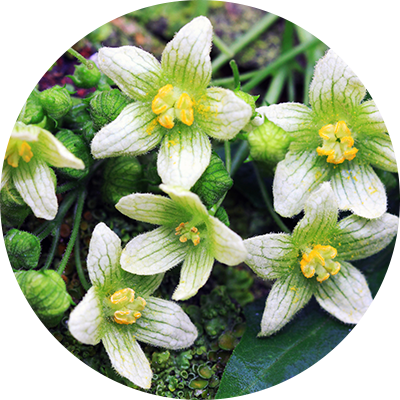
Bryonia
Characteristics
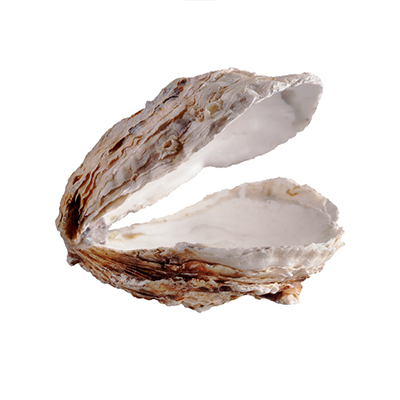
Calcium carbonicum Hahnemanni
Characteristics
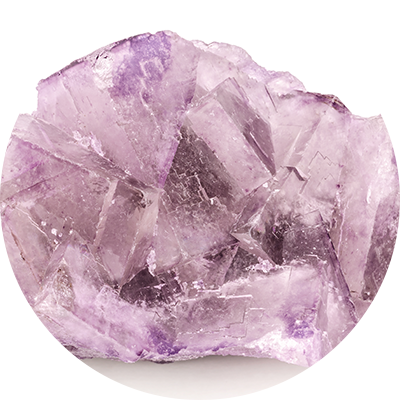
Calcium fluoratum
Characteristics
effective for udder, somatic cells, knotted and hardening glands, mammary fibroma
cattle: high cell count numbers occur repeatedly, sometimes followed by mastitis, also due to metabolic disorders detoxification therapy of chronic udder disorder
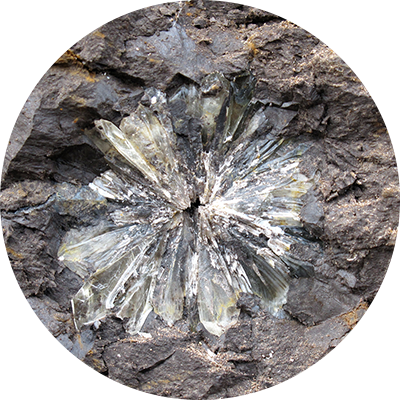
Calcium sulfuricum
Characteristics
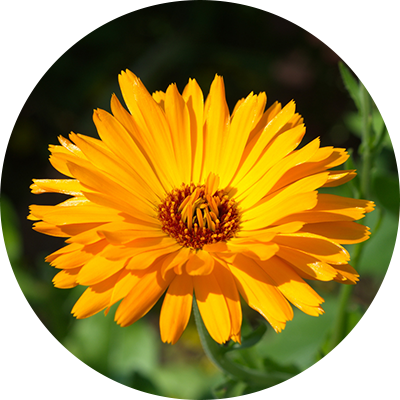
Calendula officinalis
Characteristics
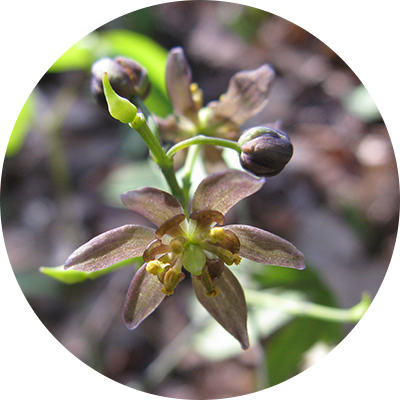
Caulophyllum thalictroides
Characteristics
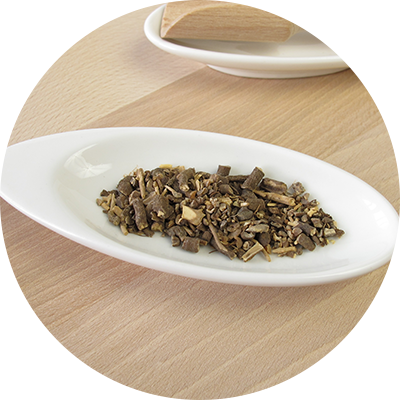
Cephaelis ipecacuanha
Characteristics
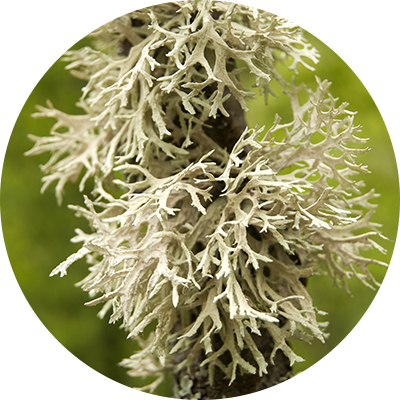
Cetraria islandica
Characteristics
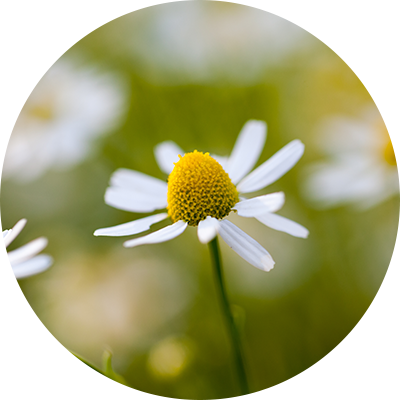
Chamomilla recutita
Characteristics
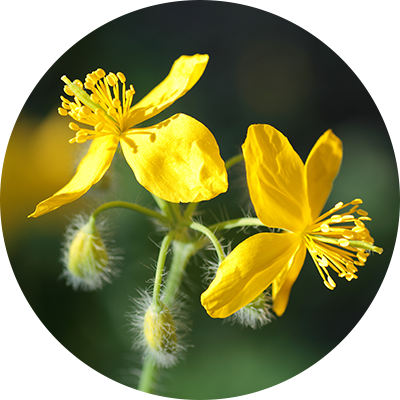
Chelidonium majus
Characteristics
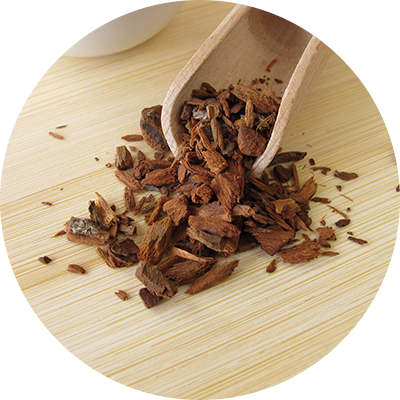
Cinchona pubescens
Characteristics
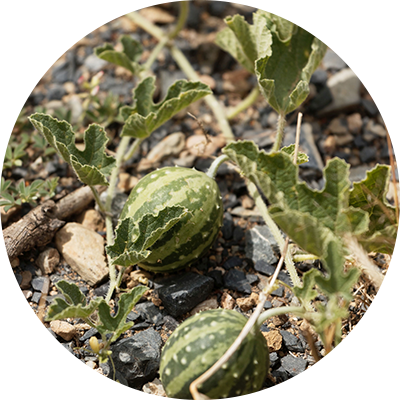
Citrullus colocynthis
Characteristics
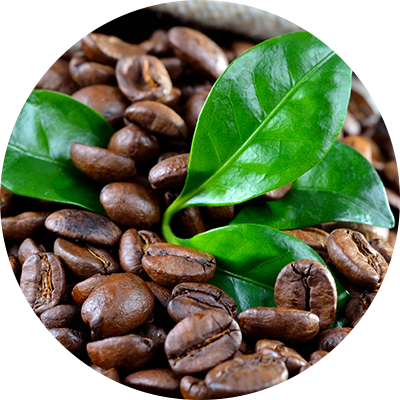
Coffea arabica
Characteristics
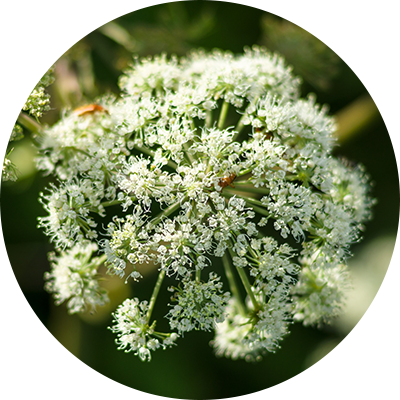
Conium maculatum
Characteristics

Convallaria majalis
Characteristics
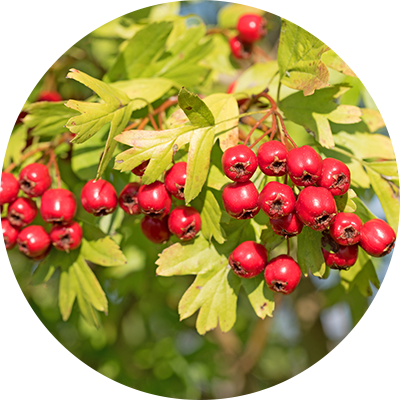
Crataegus
Characteristics
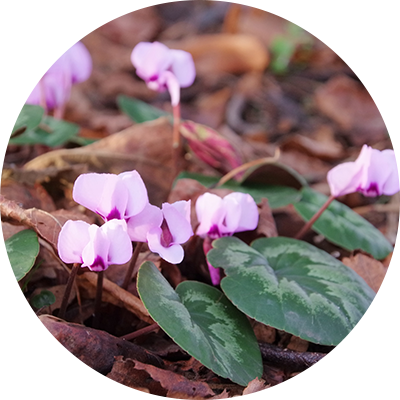
Cyclamen purpurascens
Characteristics
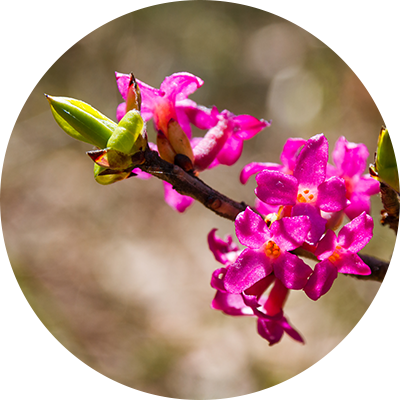
Daphne mezereum
Characteristics

Datura stramonium
Characteristics
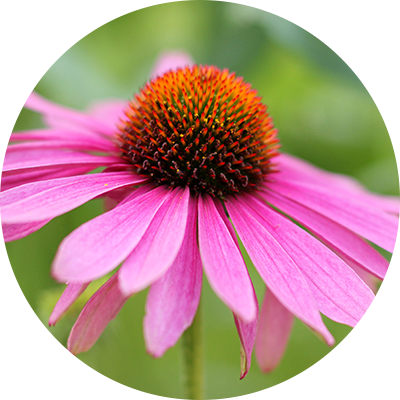
Echinacea
Characteristics

Eriodictyon californicum
Characteristics
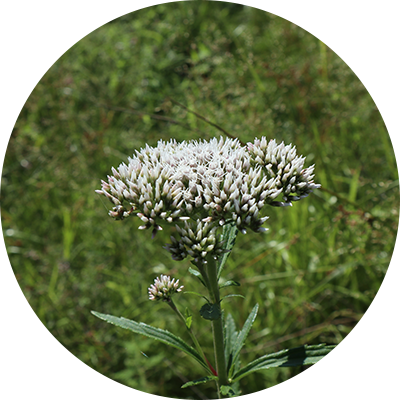
Eupatorium perfoliatum
Characteristics
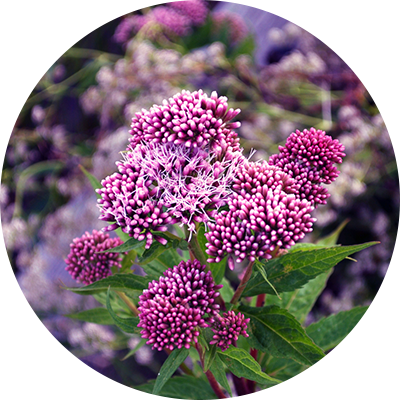
Eupatorium purpureum
Characteristics
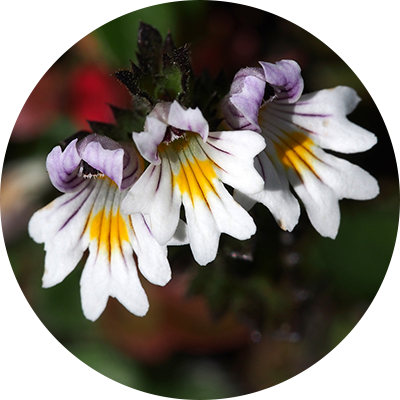
Euphrasia officinalis
Characteristics
effective for conjunctiva, upper respiratory organs, therapy and supporting therapy of viral and bacterial infectious diseases, colds/flu-like infections, cat cold
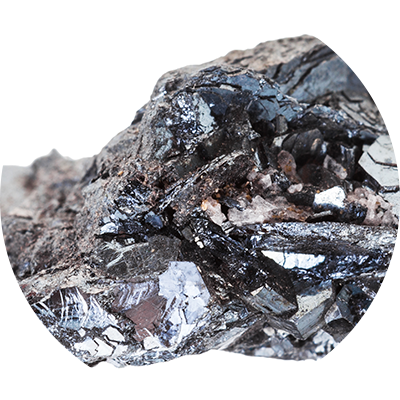
Ferrum phosphoricum
Characteristics
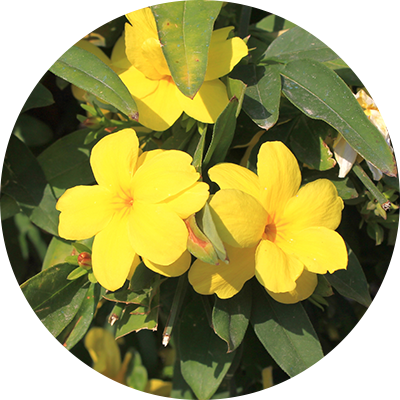
Gelsemium sempervirens
Characteristics

Glonoinum
Characteristics
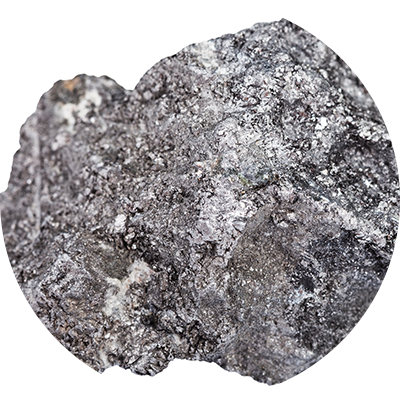
Graphites
Characteristics
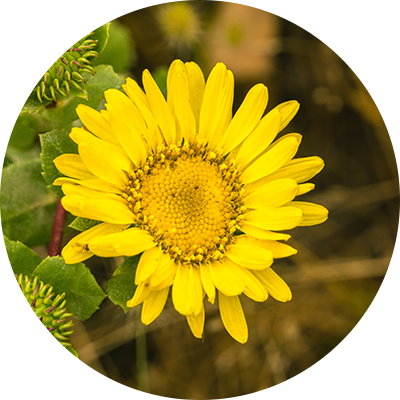
Grindelia robusta
Characteristics
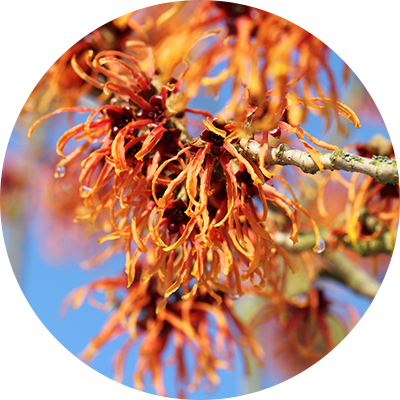
Hamamelis virginiana
Characteristics
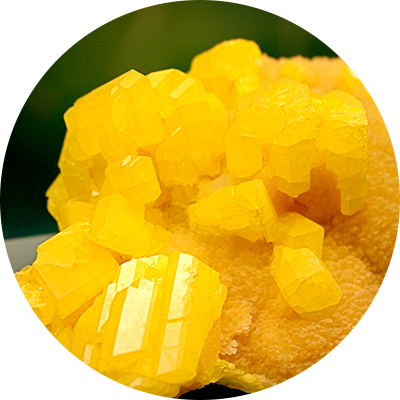
Hepar sulfuris
Characteristics
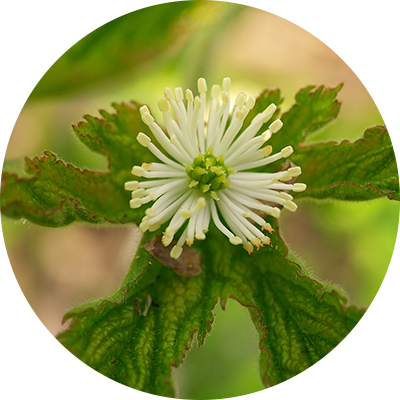
Hydrastis canadensis
Characteristics
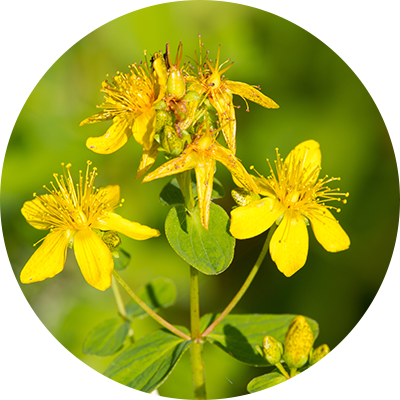
Hypericum perforatum
Characteristics
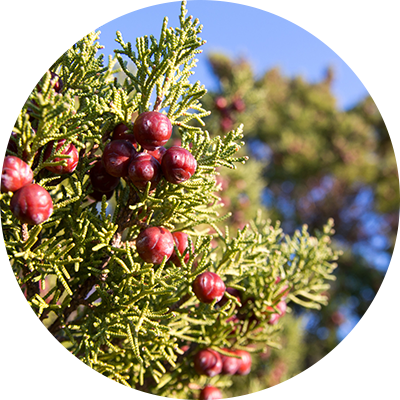
Juniperus sabina
Characteristics
effective for agent used post-partum;uterine haemorrhaging, endometritis,, inflammation of the urinary and genital organs.
to induce afterbirth expulsion;
atonic or inflammatory congestion of the uterus, red and light red uterine fluids, lochiometra, endometritis puerperalis, aetiologic often difficult and painful with bruises in the lumbar and sacral region, indicated post partum for cattle, pigs, as well as mares; Sabina has proven its worth in the field of losening the secundinae in cattle and horses
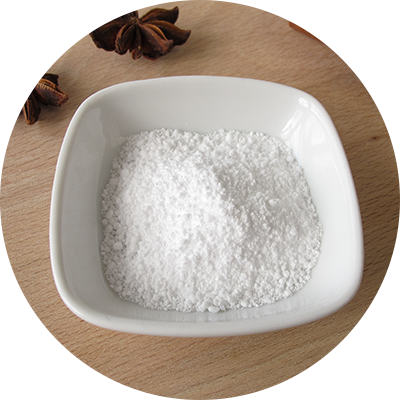
Kalium iodatum
Characteristics
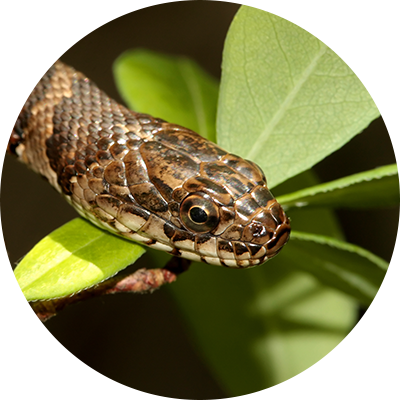
Lachesis
Characteristics
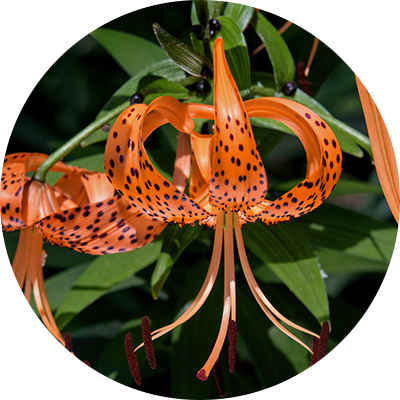
Lilium lancifolium
Characteristics
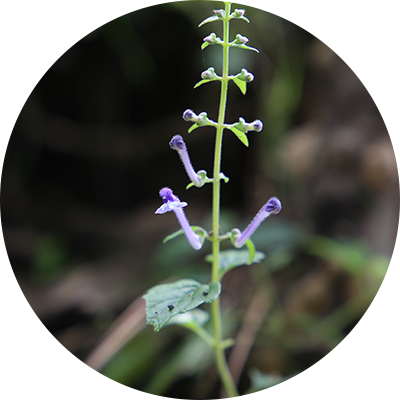
Lobelia inflata
Characteristics
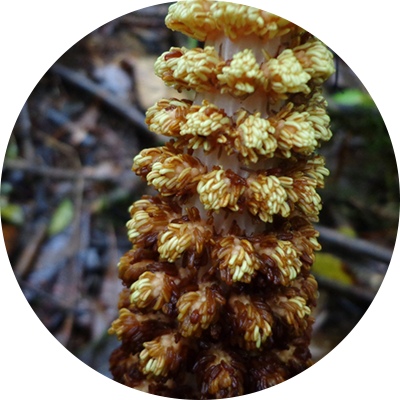
Lophophytum leandri
Characteristics
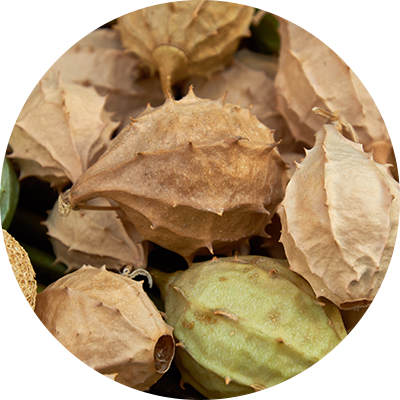
Luffa operculata
Characteristics
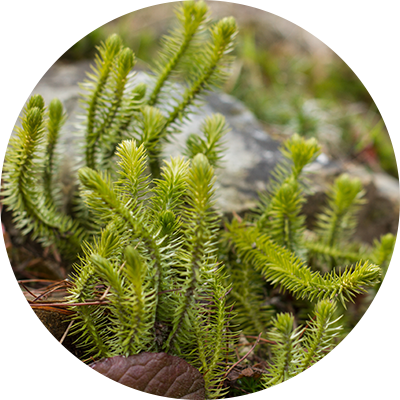
Lycopodium clavatum
Characteristics
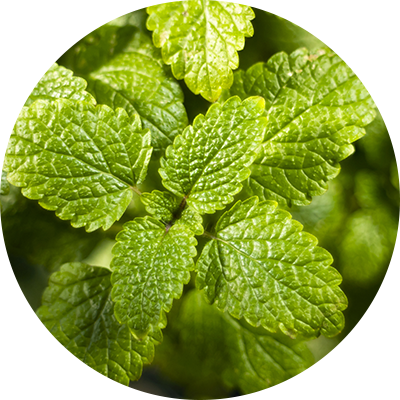
Melissa officinalis
Characteristics
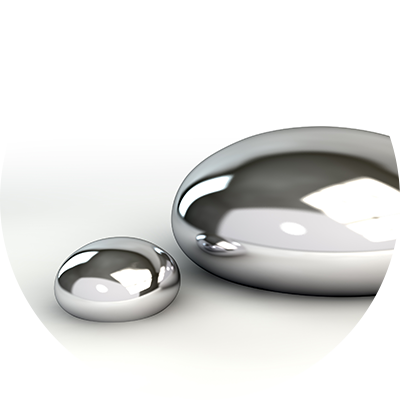
Mercurius solubilis Hahnemanni
Characteristics
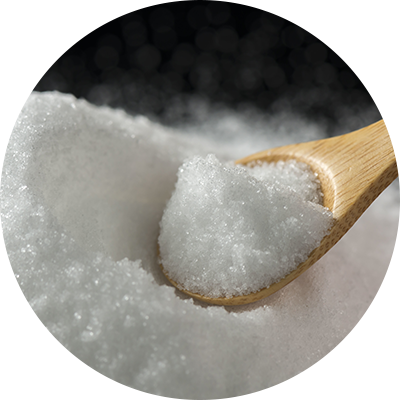
Natrium chloratum
Characteristics
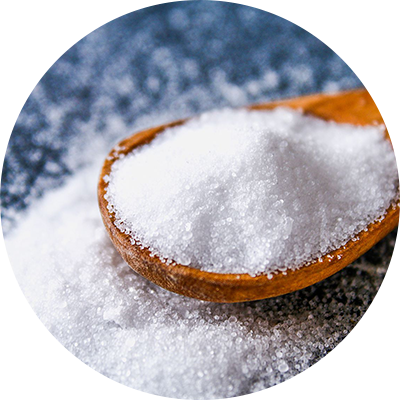
Natrium sulfuricum
Characteristics
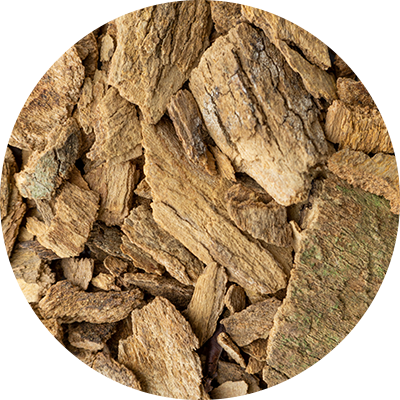
Okoubaka aubrevillei
Characteristics
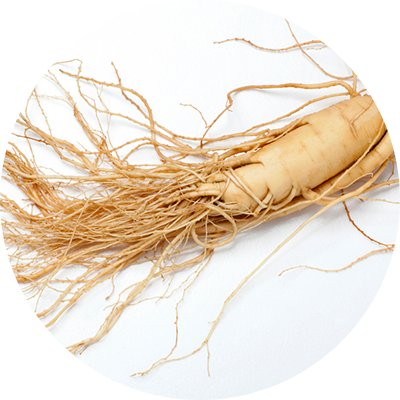
Panax ginseng
Characteristics
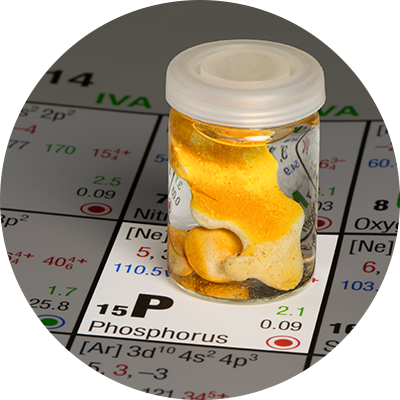
Phosphorus
Characteristics
veffective for weakness, exhaustion, fatigue and convalescence, inflammatory metabolism disorder of bones and partly serious infections or chronic skin- and mucosa diseases, life-weak of newborns, optimization of ATP synthesis, flu-like infection with weakness, pneumonia, inflammations, bleeding tendency, strong tendency to release blood out of debilitated and hurt blood vessels/capillaries, light red bleeding may occur locally in different organs (e.g. lung, stomach, gastrointestinal tract, kidneys, bladder);
ulcers and outgrowths
petechial haemorrhages; increased permeability of the capillaries, particularly the veins, the blood vessels are fragile and permeable;
collapse of blood cells strongly affects different organs e.g. liver and spleen and causes degenerative changes of the organs; bloody diarrhoea and vomiting; uterine bleeding immediately following birth; Phosphorus is regarded as a strong homoepathic constitutional remedy; therefore it is applied in cases of acute and chronic injury

Phytolacca americana
Characteristics
effective for highly feverish infections, inflammations and diseases of the udders, acute, feverish mastitis, delayed release of milk, sluggish flow of milk, mucous membrane inflammation, especially in the respiratory organs.
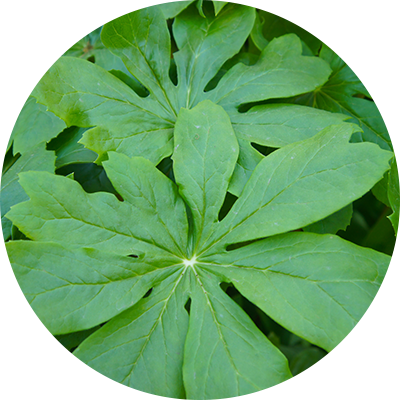
Podophyllum peltatum
Characteristics
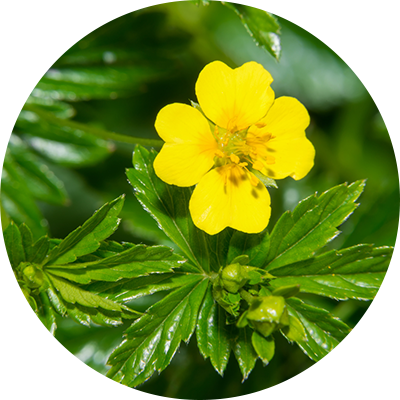
Potentilla erecta
Characteristics
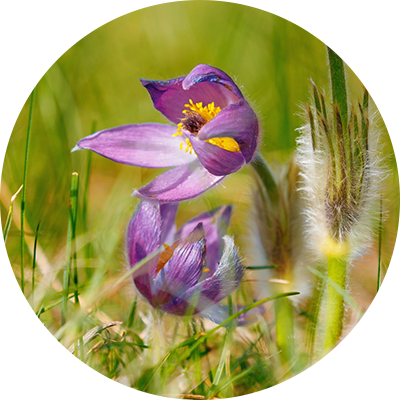
Pulsatilla pratensis
Characteristics
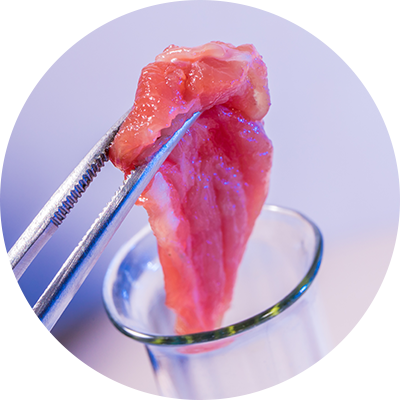
Pyrogenium-Nosode
Characteristics

Ranunculus bulbosus
Characteristics
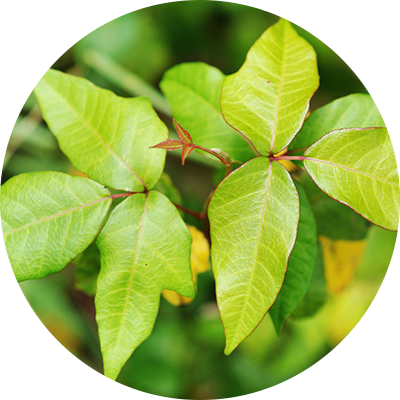
Rhus toxicodendron
Characteristics
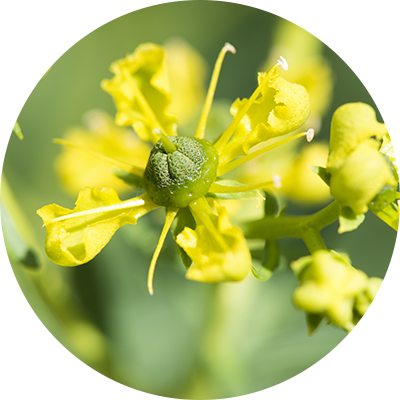
Ruta graveolens
Characteristics
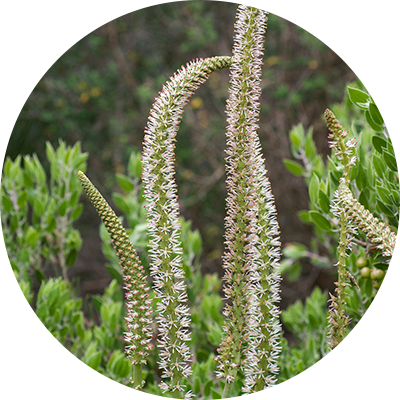
Schoenocaulon officinale
Characteristics

Secale cornutum
Characteristics

Selenicereus grandiflorus
Characteristics
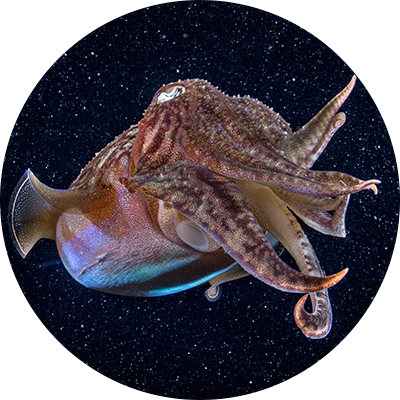
Sepia
Sepia, common cuttlefish, caphalopod, Sepiidae; Parts used: dried secretion of the ink gland of the cuttlefish
Characteristics
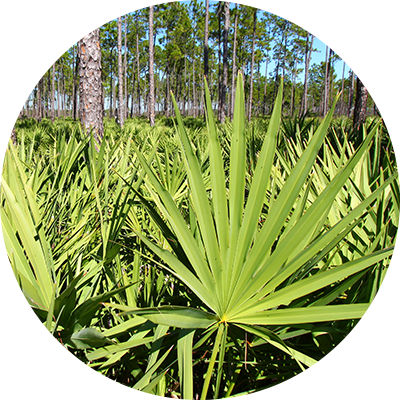
Serenoa repens
Characteristics
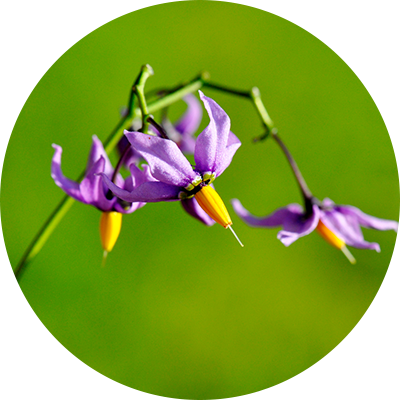
Solanum dulcamara
Characteristics

Solidago virgaurea
Characteristics
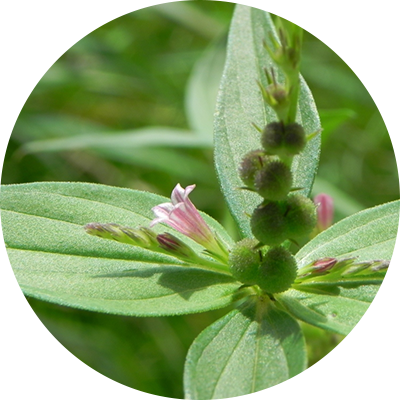
Spigelia anthelmia
Characteristics
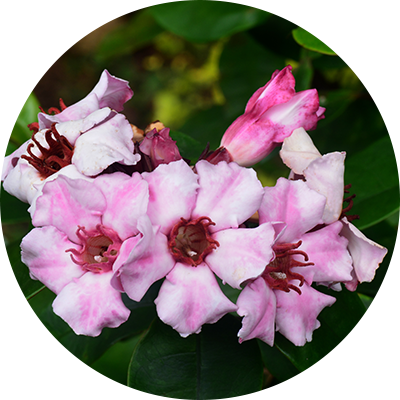
Strophanthus gratus
Characteristics
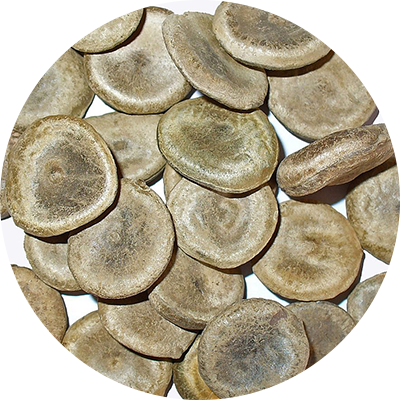
Strychnos nux-vomica
Characteristics
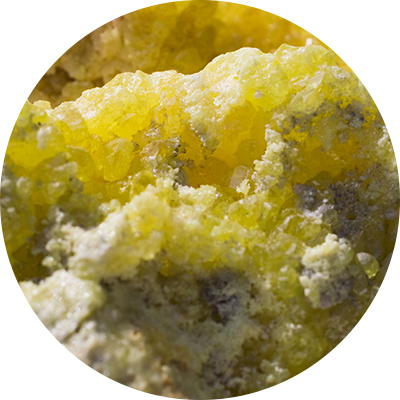
Sulfur
Characteristics
effective for skin diseases, eczema, dermatitis
For Horses: itchy eczema, dermatomycoses, bacterial and allergic dermatitis
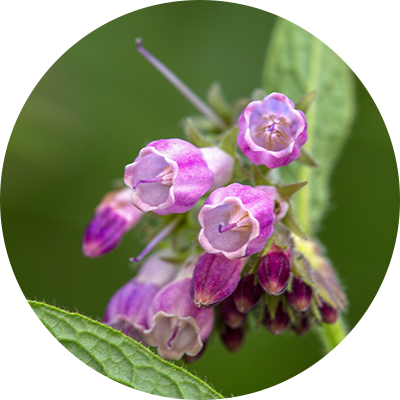
Symphytum officinale
Characteristics
of bones, periosteum
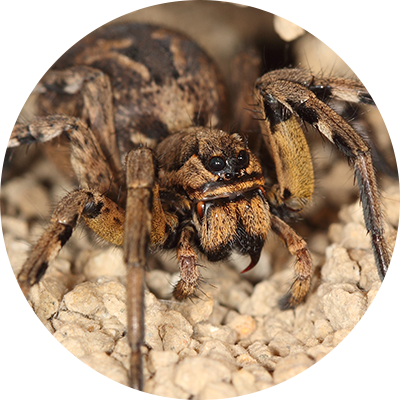
Tarantula hispanica
Characteristics
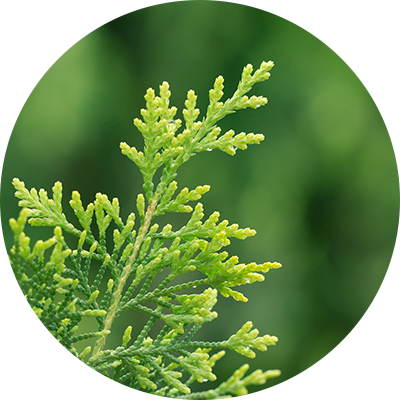
Thuja occidentalis
Characteristics

Turnera diffusa
Characteristics
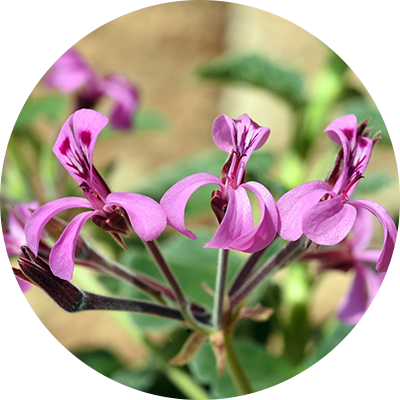
Umckaloabo
Characteristics
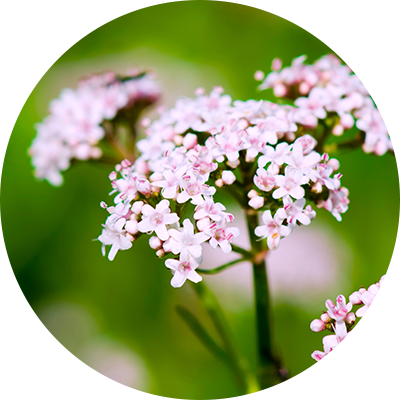
Valeriana officinalis
Characteristics
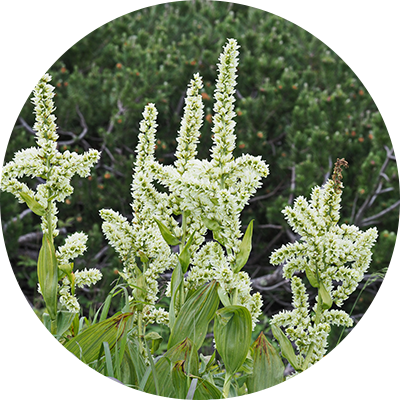
Veratrum album
Characteristics

Vincetoxicum hirundinaria
Vincetoxicum hirundinaria, white swallow-wort, Apocynaceae; Parts used: fresh leaves
Characteristics

Vitex agnus-castus
Characteristics

